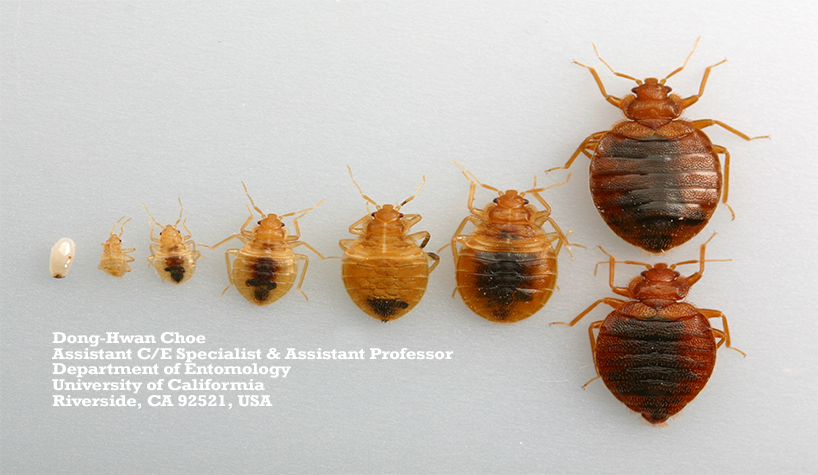The zoologist Professor Rainer Willmann, former director of the Zoological Museum of the University of Göttingen, has described and classified previously unknown species of scorpion flies from Nepal. These species belong to a completely new genus, for which Willmann introduced the name “Lulilan”. His work was published in the journal Contributions to Entomology.
“The appearance of the newly discovered scorpion flies could hardly be more bizarre,” says Willmann. The males have a skinny, extremely elongated abdomen, at the end of which there is a large organ – with long pincers – for mating. The insects are particularly large with a body length of more than three centimeters. The insects were captured by the Mainz zoologist Professor Jochen Martens and his Stuttgart colleague Dr. Wolfgang Schwaller. So far, only one such species was known, which was discovered exactly 200 years ago.
“Despite their dangerous-sounding name, scorpion flies are completely harmless to humans,” says Willmann. Their name comes from their spherical genital segment, which looks like a scorpion’s stinger. They also have a distinctive, elongated head. There are only a few species of scorpion flies in Europe. “There are probably other Lulilan species in Nepal and the surrounding regions,” says Willmann. So far only the females of some species are known. Unlike the males, however, the females have none of these characteristic traits, making assignment more difficult.
Of the scorpion flies already described, only the genus Leptopanorpa, which is native to Sumatra, Java and Bali, has developed such a distinctive abdomen. However, it is not closely related to Lulilan. “This is an amazing example where similar traits emerge independently, perhaps in response to similar evolutionary pressures,” says Willmann.
story source:
Materials provided by University of Goettingen. Note: Content can be edited for style and length.









